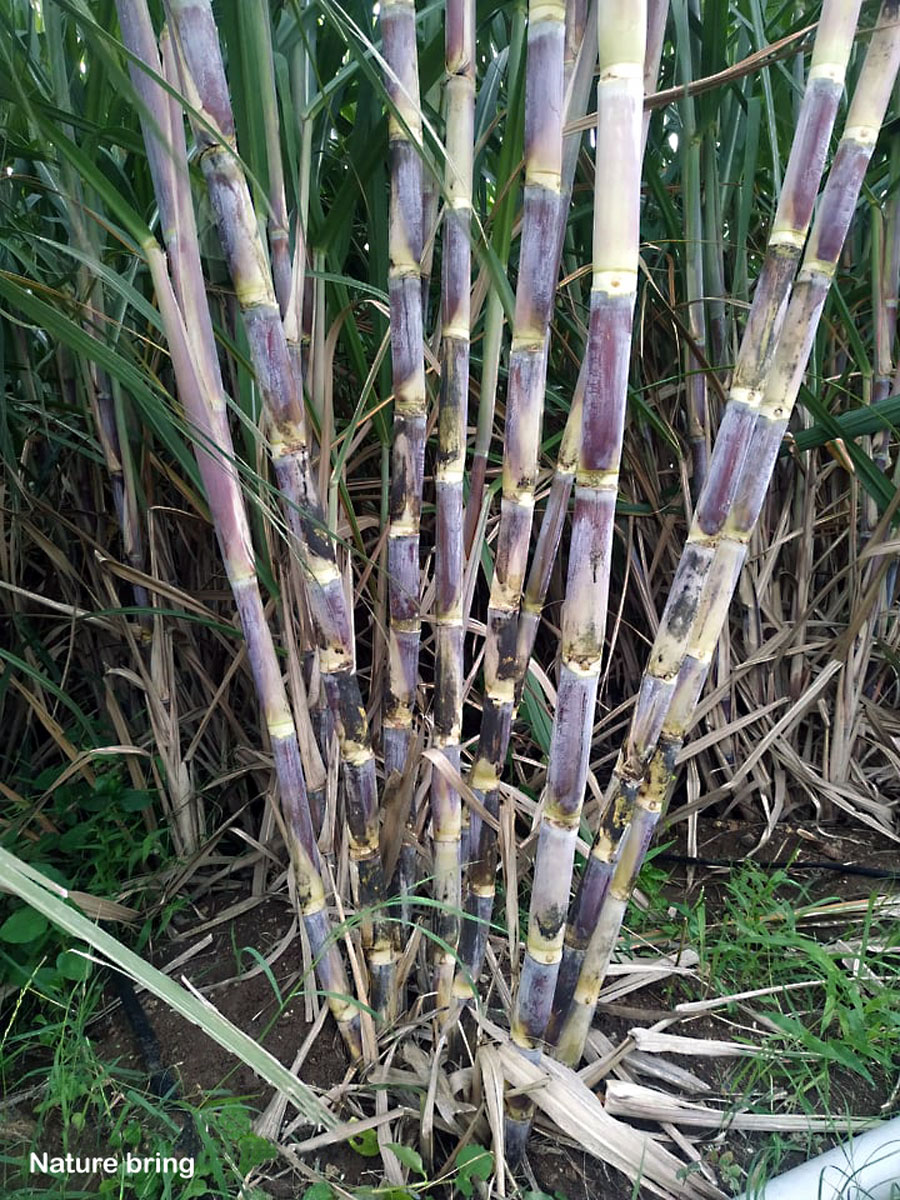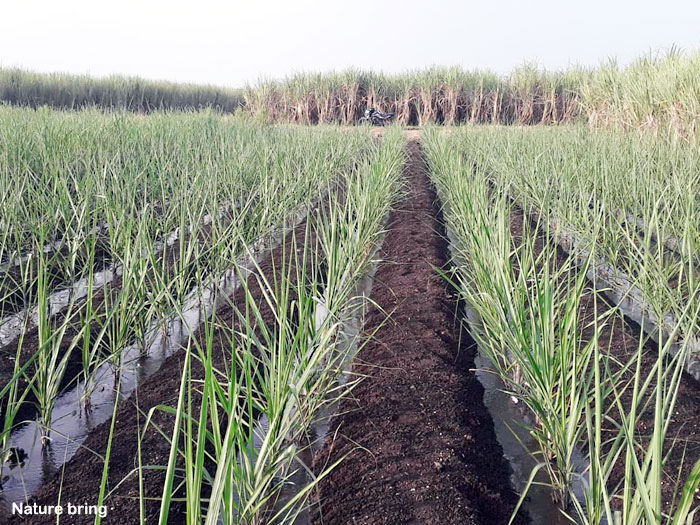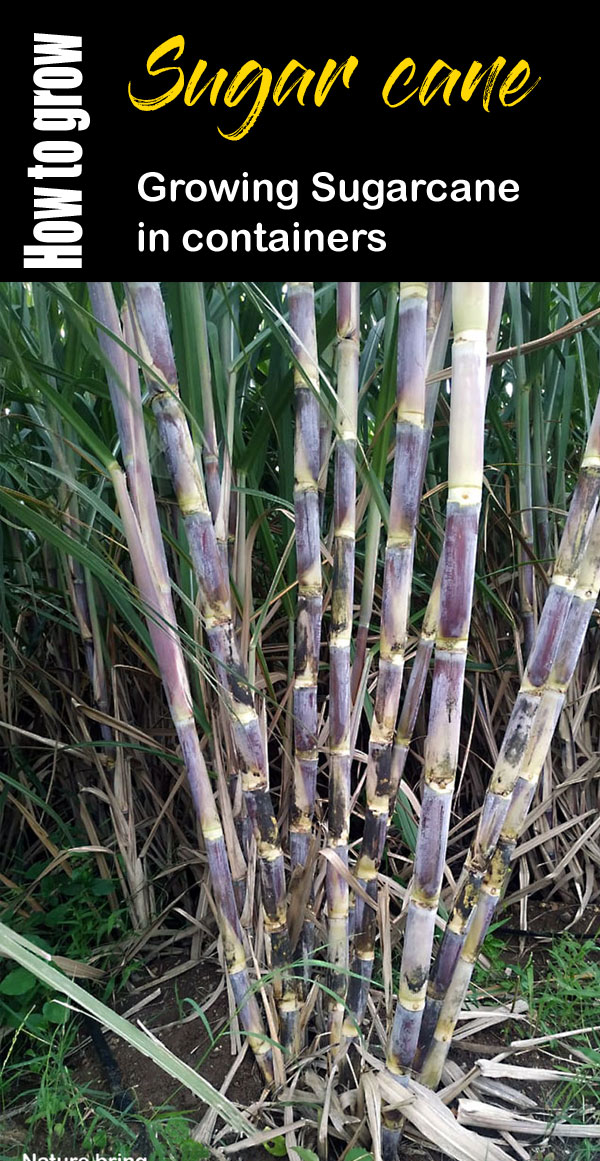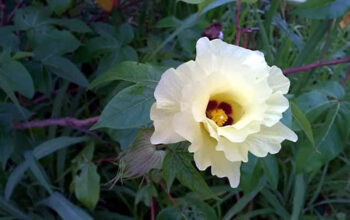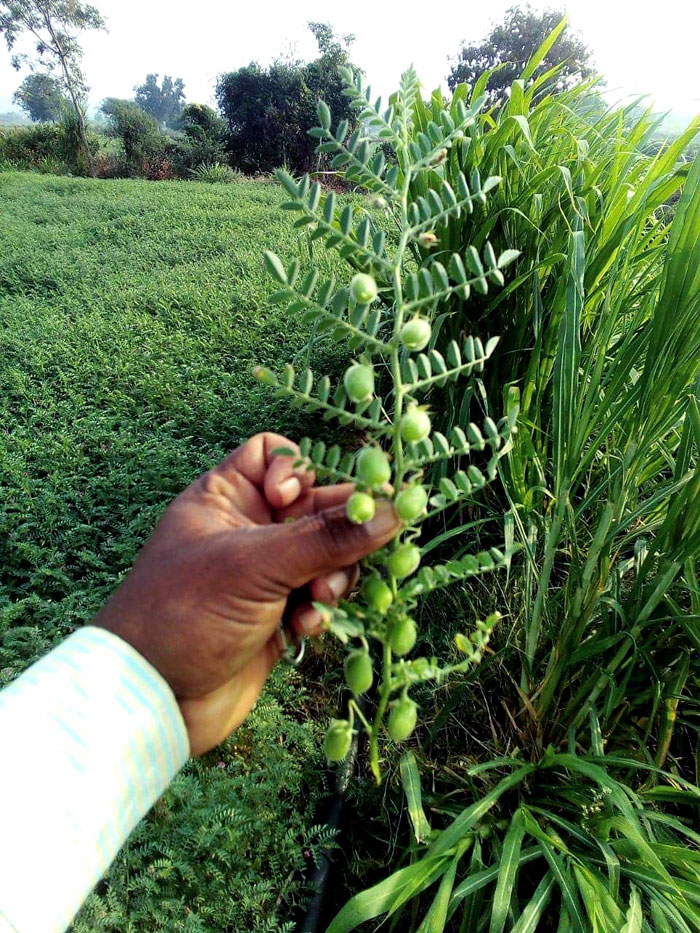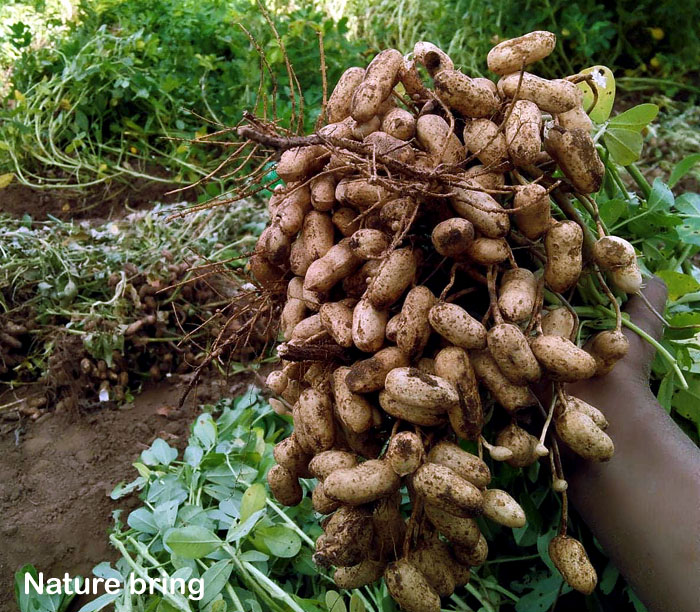Sugarcane Plant (Saccharum officinarum)
Sugarcane plant (Saccharum officinarum) refers to a wide range of tall perennial grass species in the genus Saccharum, tribe Andropogoneae that yield sugar. Having stout, joining, fibrous stalks that are abundant in sucrose, the stalk internodes of the plants are dense with it. It belongs to the grass family, the Poaceae, which includes maize, wheat, rice, sorghum, and many forage crops as well. Sugar cane native habitats are the Indian, Southeast Asian, and New Guinean tropical regions, which are its native habitats. In Brazil, the plant is also used for the production of biofuels. Because cane can be directly used to produce ethanol. learn how to grow sugar cane and care about it.
Sugarcane plants produce a number of stalks that reach a height of 3 to 7 meters and bear sword-shaped leaves. Every joint on the stalks has a bud, and the stalks are composed of many segments. When the plant is mature, the growing point at the top of the stalk develops into a slender arrowhead, and bears a tassel of small flowers.
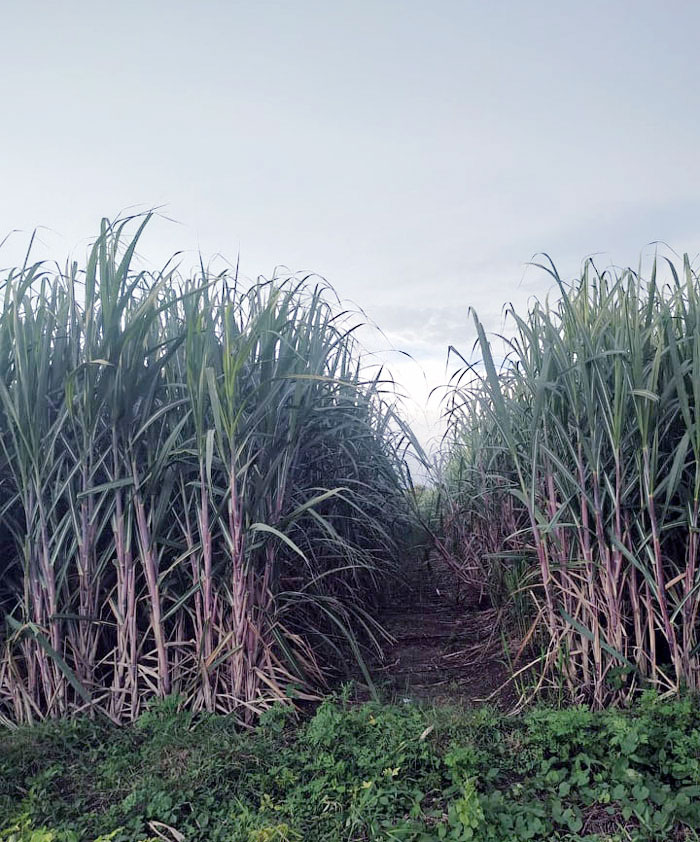
Overview Sugarcane Plant
Scientific name Saccharum officinarum
Common name Sugarcane Plant, sugar cane, Ganna, Sherdi,
Plant Perennial
Sun required Full Sun
Soil well-drained loamy soil
Soil pH 6.5 to 7.5
Zone 8,9,10,11,12
How to Grow and Care, Sugarcane Plant
Generally, sugarcane is propagated by cuttings. Seed canes, or cane sets, are sections of the stalk of immature cane that have two or more buds, usually three. Approximately 10,000 to 25,000 seed canes are planted per hectare, separated by 1.4 to 1.8 meters. Buds germinate and produce a primary shoot under favorable conditions. Plants germinate, or sprout, at the base, and each original seed cane grows into a number of growing canes, forming a stool. Crops are harvested from these stools.
Another method of sugarcane propagation is ratooning. In this method, after cutting the stalk, the lower part of the stalk is left underground or ratoon. One original planting is often ratooned three times to yield three economically valuable crops.
Planting in India
September-October and February-March are the suitable seasons for planting in sub-tropical regions of India, while in tropical areas the planting of sugarcane is June-August, January and October.
Sunlight
It is best to plant sugarcane in full sunlight, partial shade is not helpful in the growth of sugarcane. Having a shady garden won’t be ideal for this plant.
Soil
Many types of soil can be used to grow sugarcane. Including red volcanic soil and alluvial soil from rivers. It is ideal to grow sugarcane in well-drained loamy soil with a neutral soil response (pH of 6.5 to 7.5), adequate nutrients, and no soil compaction. With a minimum depth of 45 cm, the soil should be loose and friable, free of harmful salts, and deficient in nutrients. Sugar cane saps nutrients quickly from the soil. Organic matter-rich soil is essential for sugar cane production.
Watering
It is important to keep sugar cane consistently moist. It will need a decent amount of additional irrigation if you live in a region without a lot of rainfall. Maintaining adequate soil moisture usually requires about 1 to 2 inches of water per week for sugarcane. It is possible to grow during periods of extremely hot or dry weather. Additionally, container-grown plants may need more water than those planted in the ground. You can remove low rainfall by applying water in irrigation, sprinkler furrows.
Temperature and Humidity
for better germination of sugarcane, set keep soil temperature between 19 to 21 °C. The optimum temperature is between 27 and 38 °C. Temperatures above 38 °C are not favorable. For good cane-plant growth, the lowest temperature is roughly 20 degrees Celsius (68 degrees Fahrenheit). Temperatures that remain cooler over time, along with withholding water, encourage cane maturity.
Warm and moist conditions are necessary for sugarcane to grow well. Due to its long duration, its response to weather conditions varies by phonological stage. Low relative humidity (50-60%) combined with bright sunlight is optimal for the maturity and ripening of cane. Under 50%, the sugar will harden, cake, and become un-flowable. As a result of excessively moist sugar, water vapor is released, causing recrystallization and agglomeration.
Fertilizer
Fertilizer is important in the plant’s growth process from start to end. Do not fertilize during the sugar cane ripening process. There is great variation among soil types, climatic conditions, and the type and length of growing cycles regarding the optimal amount of fertilizers (nitrogen, phosphorus, and potassium). Even though sugar cane is a vegetative crop that benefits from decent amounts of nitrogen, be careful not to use too much as this can result in weak stems.
Read also:
When and how to grow Wisteria plants. Episcia plants growing and care tips. How to grow Tuber rose plants. Foxtail fern growing and care tips. How to grow Persian Shield plants. Growing Vanilla beans in your backyard. ZZ plants growing and caring tips. Varieties of pepper plants. 07 Most popular Kalanchoe plants. Plumbago auriculata growing and caring tips. How to Grow Organic Bottel gourd. Growing and caring for Poppies plants.
For pin

